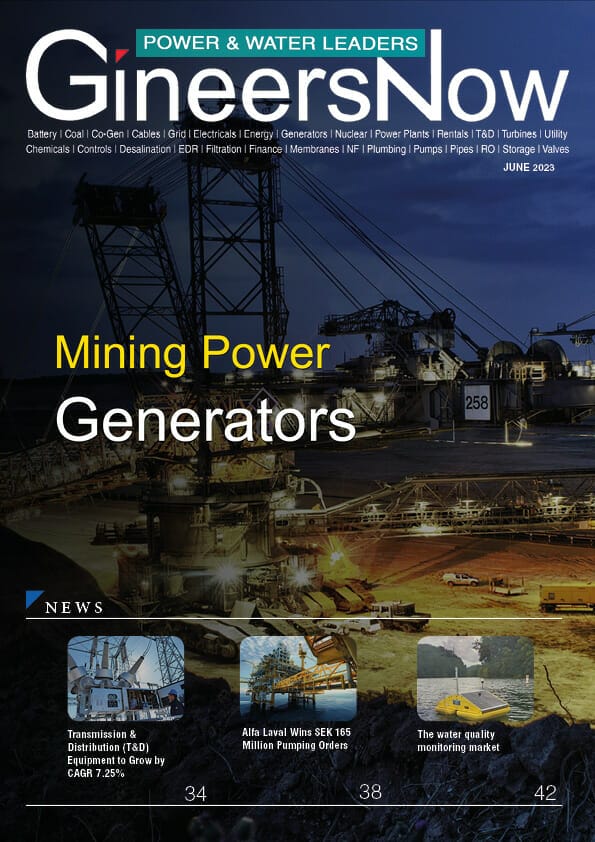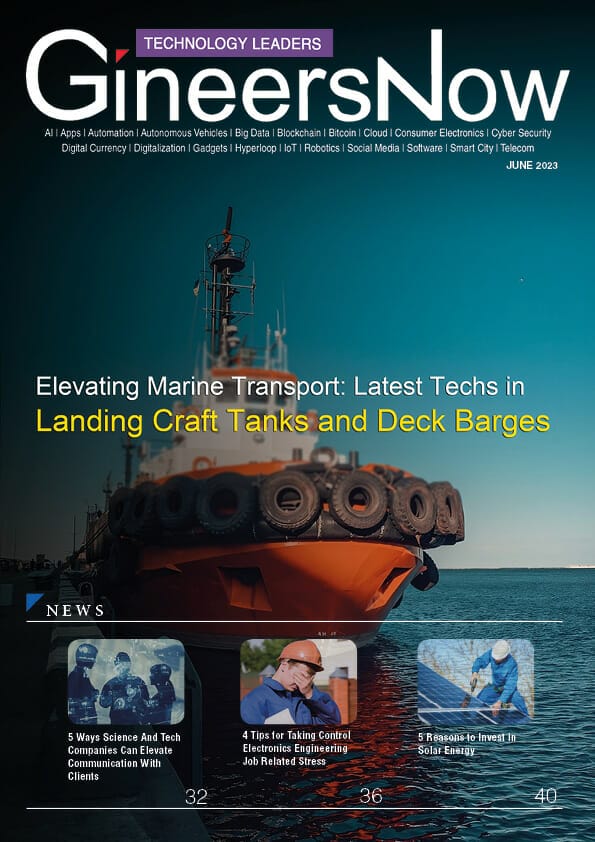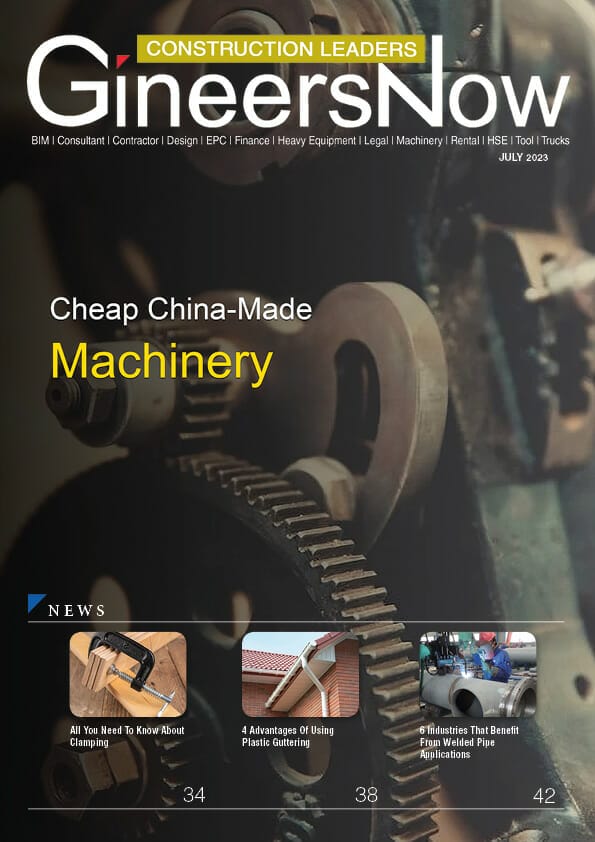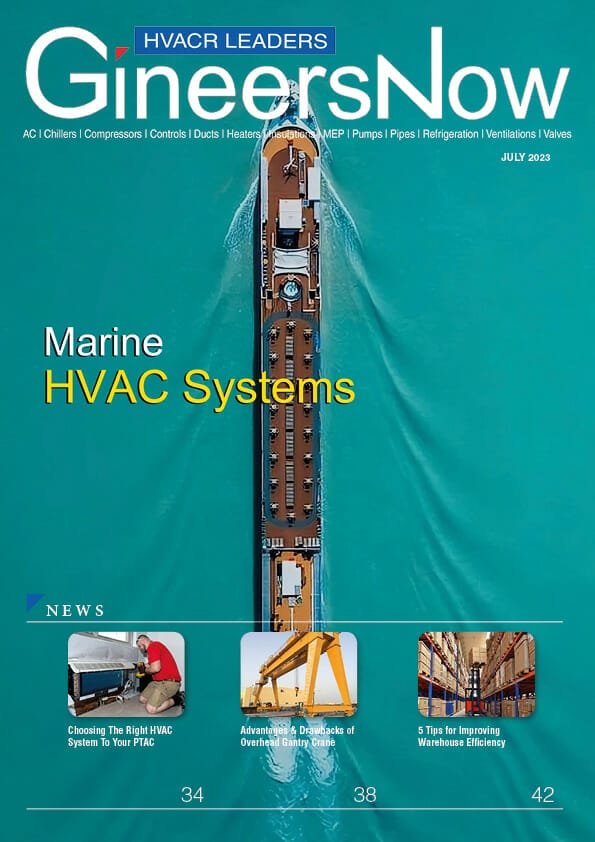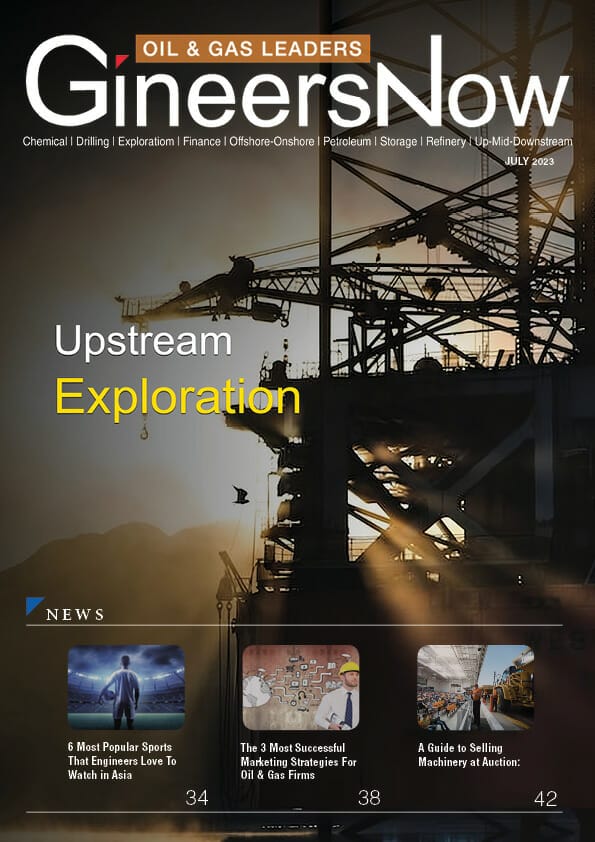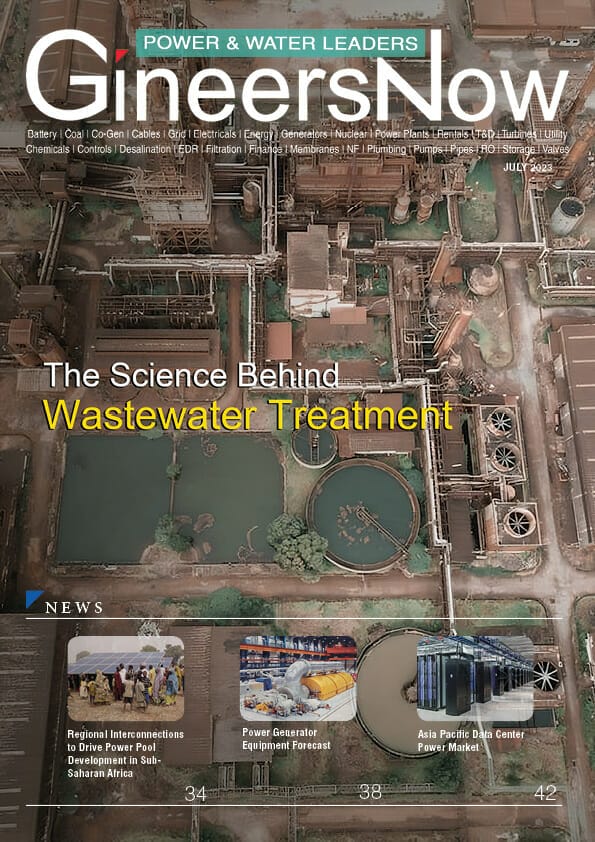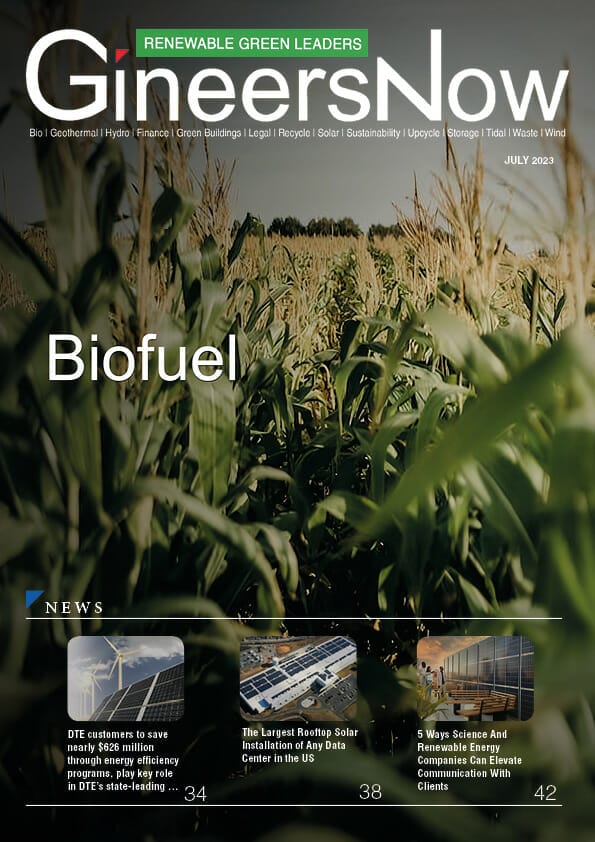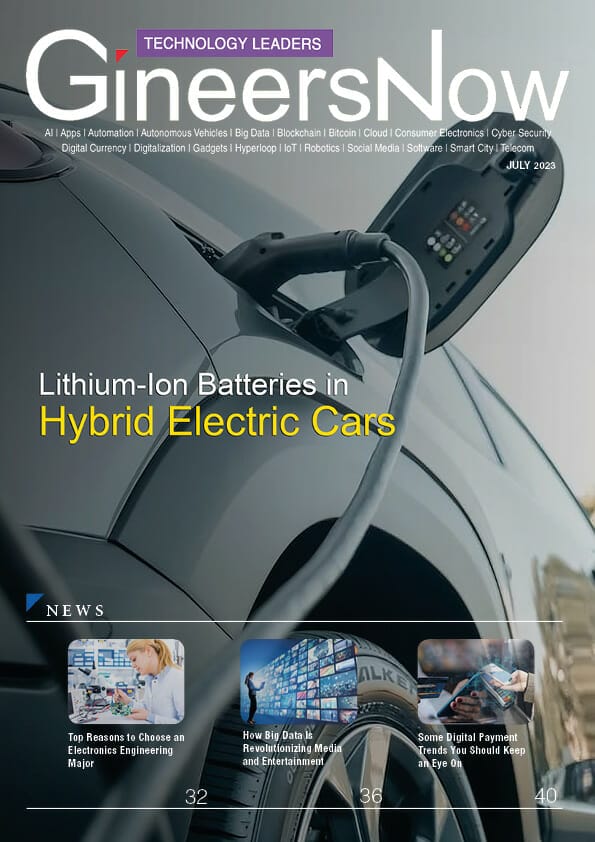As the world increasingly turns towards renewable energy sources, wind turbines and solar panels have become a common sight across many regions. However, transporting these large structures can be a challenge. Moving them over water requires specialized vessels that can handle the weight and size of these components while providing safe transit to their destination. This is where LCTs, deck barges, and tugboats come into play.
These vessels are designed for heavy lift transportation and have proven to be highly effective in moving wind turbines and solar panels from manufacturing sites to installation locations. Customers who require such services can count on these vessels’ capabilities to ensure that their project is executed with efficiency and safety in mind.
The importance of renewable energy sources
Transporting renewable energy products in the Philippines is a task that requires careful planning and environmental considerations. One of the most commonly used vessels for this purpose is LCTs or Landing Craft Transports, which are designed to carry heavy loads and can navigate shallow waters. These boats are equipped with ramps, allowing them to easily load and unload cargo, making them ideal for transporting wind turbines and solar panels.
Deck barges are another popular choice for transporting renewable energy products. These flat-bottomed vessels have a large open deck space that can accommodate oversized equipment such as wind turbine blades. They are often towed by tugboats – small but powerful boats designed specifically for towing other vessels or objects through the water. The combination of deck barges and tugboats offers an efficient way to transport renewable energy products across Philippine waters while minimizing the impact on the environment.
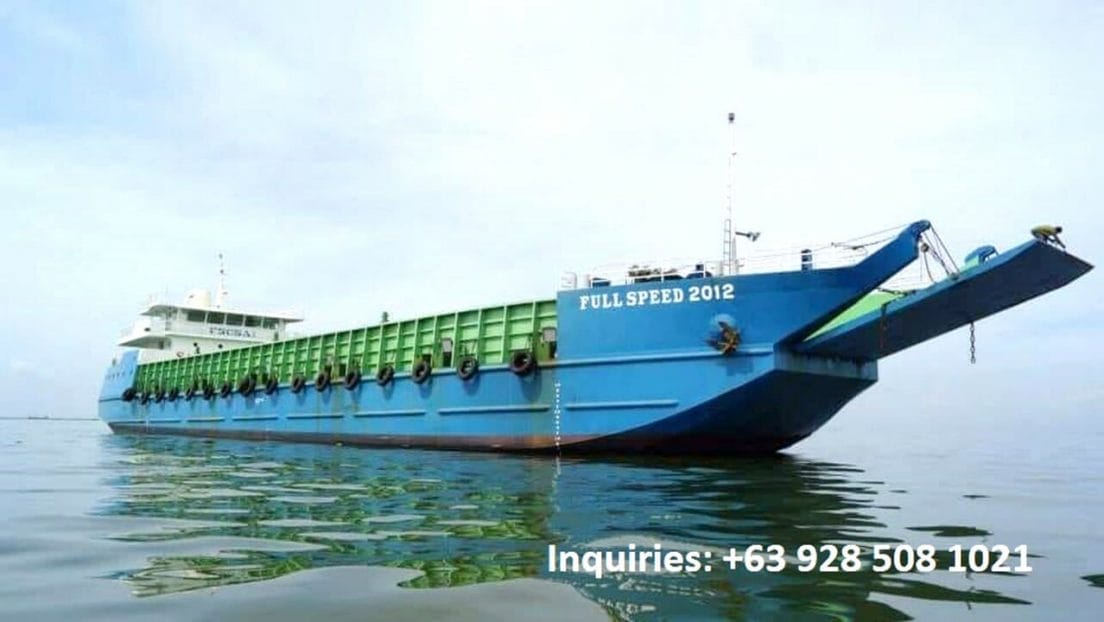
Transporting wind turbines using LCT, Deck Barges, and Tugboats
Transporting wind turbines can be a logistical challenge due to their size and weight. However, with the use of LCT, deck barges, and tugboats, the transportation process has become more efficient. LCTs (landing craft tanks) are designed to transport heavy equipment and have a shallow draft, which allows them to navigate through shallow waters and reach remote locations.
Deck barges are another option for transporting wind turbines. They have large open decks, which provide ample space for loading and unloading cargo. Deck barges also have a high load capacity, making them suitable for carrying heavy loads such as wind turbine components.
Tugboats play a crucial role in the transportation of wind turbines as they assist in towing both LCTs and deck barges. Tugboats are powerful vessels that can maneuver through narrow waterways with ease, making them ideal for navigating complex routes during transit.
Size and weight considerations of LCT, Deck Barges, and Tugboats when transporting renewable products
When it comes to transporting renewable products, size, and weight considerations are crucial. LCTs, deck barges, and tugboats are commonly used vessels in the transportation of large and heavy goods.
LCTs, or landing craft tanks, are designed to carry cargo between shorelines. They have a shallow draft, which allows them to navigate through narrow channels and shallow waters. The size of an LCT can vary depending on its intended use. A typical LCT can carry up to 500 metric tons of cargo with a length ranging from 20-70 meters. When transporting renewable products such as wind turbine blades or solar panels, the size of the LCT must be taken into consideration, as some components can be over 50 meters in length.
Deck barges are flat-bottomed vessels that do not have any propulsion systems but depend on tugs for movement. Deck barges are used to transport cargo in shallow waters. They are often used in the construction industry to transport materials such as sand, cement, and gravel. If a vessel is too heavy to be towed by a tugboat, it requires an anchor handling tug (AHT).
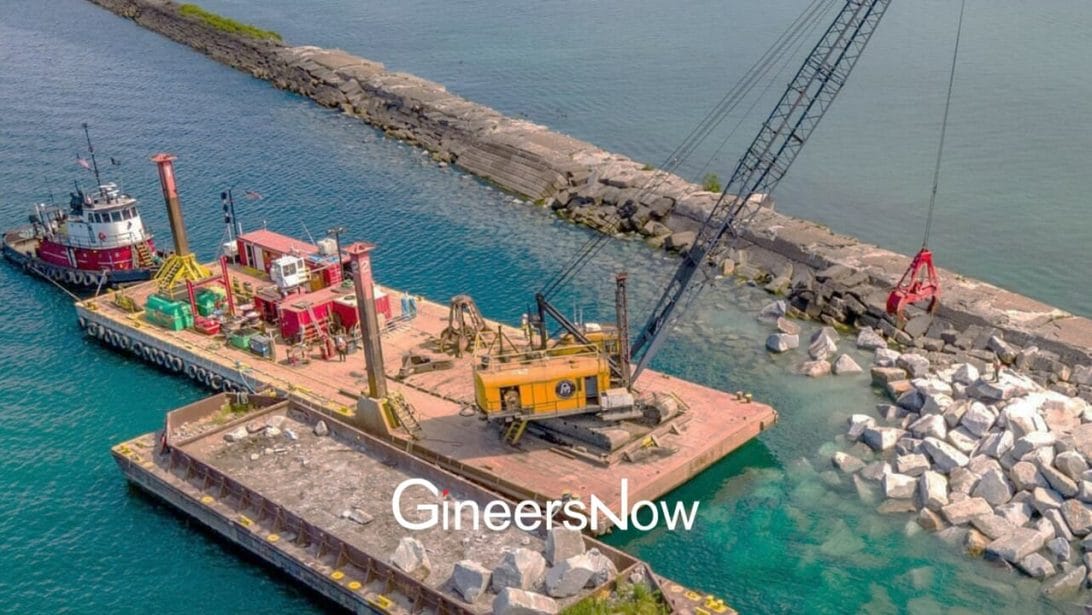
Transporting solar panels using LCTs, Deck Barges, and Tugboats
Transporting large and fragile items, such as solar panels, can be a daunting task. However, with the help of modern technology and innovative transportation methods, it has become easier to transport these items over long distances safely. Among the options available for transporting solar panels are LCTs, deck barges, and tugboats.
LCTs (landing craft tanks) are versatile watercraft that can transport goods both on land and in the water. They are designed to carry heavy loads such as vehicles, machinery, and construction materials. The flat-bottomed nature of an LCT makes it possible to load cargo directly onto its deck without needing a dock or crane. It is ideal for transporting solar panels because they can be loaded onto the deck without having to worry about damaging them during loading or unloading.
Deck barges are another option for transporting solar panels. They are similar to LCTs but are designed to carry heavy cargo. Deck barges are equipped with a large open deck that can accommodate a variety of freight. This makes them ideal for transporting solar panels because they can be loaded on the barge without any problems.
Fragility and size considerations of LCTs, Deck Barges, and Tugboats when transporting renewable products
When it comes to transporting renewable products, the fragility and size considerations of LCT, deck barges, and tugboats can play a significant role in ensuring successful transportation. One crucial factor that needs to be taken into account is the fragile nature of renewable products such as wind turbine blades or solar panels. If not handled with care during transportation, these products could sustain damage that could significantly impact their functionality.
Deck barges are an excellent choice for transporting large quantities of renewable products due to their vast cargo capacity. However, care must be taken when loading and unloading these items onto the barge, as any collision could cause them to break or malfunction. Similarly, tugboats need to be carefully chosen based on their towing capacity and ability to handle oversized loads without causing any damage during transit.
Benefits of using LCTs, deck barges, and tugboats in transporting wind turbines and solar panels
In recent years, there has been a significant increase in the demand for renewable energy sources such as wind turbines and solar panels. Transportation of these large structures requires specialized equipment to ensure their safe delivery from manufacturing sites to installation locations. Marine transportation using LCT (landing craft tank) vessels, deck barges, and tugboats has proven to be an efficient and cost-effective method of transporting these large structures.
LCT vessels are designed to carry heavy loads with ease while providing stability and safety on the water. They are ideal for transporting wind turbines due to their flat decks, which allow for easy loading and offloading of the equipment. Deck barges are also a popular choice because they offer ample space for the storage of multiple wind turbine components or solar panels at once. Tugboats, on the other hand, provide reliable towing power that can safely transport even the heaviest loads through any weather conditions.
Overview of each transportation method: LCTs, Deck Barges, and Tugboats
When it comes to the transportation of large goods or equipment, there are several options available. Each method has its own set of advantages and disadvantages, and it’s important to understand them before choosing the right one. In this article, we will provide an overview of three common transportation methods: LCTs (landing craft tanks), deck barges, and tugboats.
LCTs are flat-bottomed boats specially designed for loading and unloading cargo onshore. They can be used in shallow waters where other vessels cannot operate, making them a popular choice for transporting military vehicles and construction materials. LCTs typically have a ramp at the bow that can be lowered to allow cargo to be easily loaded or unloaded onto the shore. However, their limited capacity means that they may not be suitable for larger loads.
Challenges faced during transportation of wind turbines and solar panels using LCT, Deck Barges, and Tugboats
Transporting wind turbines and solar panels is a challenging task that requires careful planning and execution. The size and weight of these renewable energy components make it difficult to move them from one place to another. Transportation using LCT, deck barges, and tugboats is often the preferred method due to their ability to carry large loads over water.
One of the biggest challenges faced during transportation is the loading and offloading process. Wind turbines can weigh up to 400 tons and have blades that are more than 100 meters long. The sheer size of these components makes it difficult to load them onto a vessel without causing damage or risking safety. Deck barges with heavy-duty cranes are often used to lift these components onto the vessel for transport.
Another challenge faced during transportation is navigating through narrow waterways or low bridges.
Weather and navigational obstacles when using LCT, Deck Barges, and Tugboats
When it comes to transporting goods by sea, LCTs, deck barges, and tugboats are some of the most commonly used vessels. However, they face several weather and navigational obstacles that can affect their efficiency and safety. One of the primary concerns is wind speed, which can cause instability in the vessels and make them difficult to maneuver. High winds can also cause waves to form, which can be dangerous for smaller vessels like tugboats.
Another challenge faced by LCTs, deck barges, and tugboats is heavy rainfall or thunderstorms. These conditions can reduce visibility and make it challenging for captains to navigate through busy waterways safely. As a result, such conditions may lead to delays in delivering goods or even accidents if operators fail to take adequate precautions.
Efficient transport like LCTs, Deck Barges, and Tugboats are crucial for renewable energy growth
Efficient transport is crucial for the growth of renewable energy, and LCTs, deck barges, and tugboats are playing a significant role in it. These vessels are designed to carry bulk cargo over long distances and navigate through challenging waterways with ease, making them ideal for transporting large wind turbines, solar panels, and other renewable energy equipment.
LCTs (landing craft tanks) are flat-bottomed boats that can be loaded at shore or dockside. They have a shallow draft that allows them to enter shallow waters where larger vessels cannot go. With their versatility in carrying different types of cargo, such as heavy equipment, steel pipes, and even vehicles, LCTs have become essential in transporting wind turbine parts from manufacturing plants to offshore sites.
Deck barges are also useful for transporting oversized equipment like wind turbine blades or solar panels. These barges are basically self-propelled with a large open deck area that can be loaded by cranes or other loading equipment.
Read GineersNow Renewable Green Magazine for FREE
Final Thoughts: Transporting Wind Turbines and Solar Panels Via LCT, Deck Barges, and Tugboats
In conclusion, transporting wind turbines and solar panels via LCTs, deck barges, and tugboats is a feasible option for the renewable energy industry. Despite the challenges of size and weight, these vessels are capable of efficiently moving large equipment to their destination. Additionally, this method of transportation reduces emissions compared to overland transport. As renewable energy continues to grow in popularity and necessity, it is important to consider sustainable transportation methods for its installation. By utilizing waterborne transport options, we can further reduce our carbon footprint and move towards a cleaner future. Let us continue to prioritize environmentally friendly solutions for the renewable energy sector.

Editor’s Note
Transporting Wind Turbines and Solar Panels Via LCTs, Deck Barges, and Tugboats
The increasing demand for renewable energy has led to the installation of wind turbines and solar panels across the globe. However, transporting these massive components is a challenging process that requires specialized equipment and vessels. The use of LCTs (landing craft tankers), deck barges, and tugboats has become increasingly popular in recent years due to their ability to transport large pieces of equipment efficiently.
LCTs are flat-bottomed vessels designed for landing troops and cargo on beaches during military operations. They have since been repurposed for civilian use, including transporting wind turbine blades and towers. Deck barges, on the other hand, are flat-bottomed vessels with no superstructure that can carry heavy loads on their open decks.
Transporting wind turbines and solar panels via LCTs, deck barges, and tugboats is an effective solution for the renewable energy industry. These vessels offer a safe and efficient way to move these large components across long distances, including through inland waterways. While there are certainly challenges to be faced during transport, such as weather conditions and logistical considerations, the use of specialized vessels and equipment can help mitigate risks. As we continue to see advancements in renewable energy technology, it is important that we also focus on developing innovative transportation solutions to support this industry. By embracing these methods of transportation, we can work towards a more sustainable future for all.



